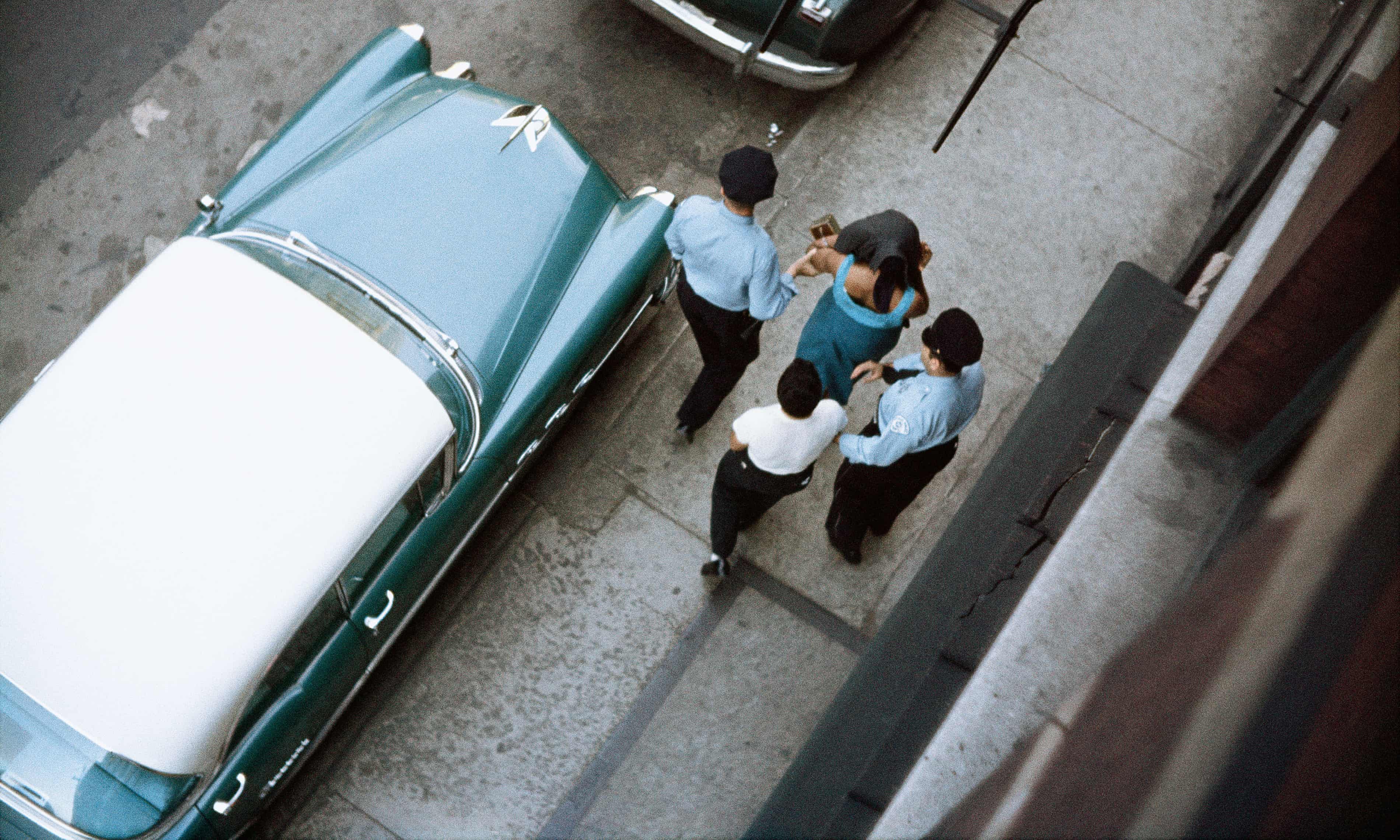
A portrait of American crime by Gordon Parks – in pictures
Photographer Gordon Parks took a six-week journey throughout the US, from New York to Chicago to San Francisco to Los Angeles, to portray an unseen picture of crime in the country for Life Magazine in 1957. His pictures are being published in a new book The Atmosphere of Crime
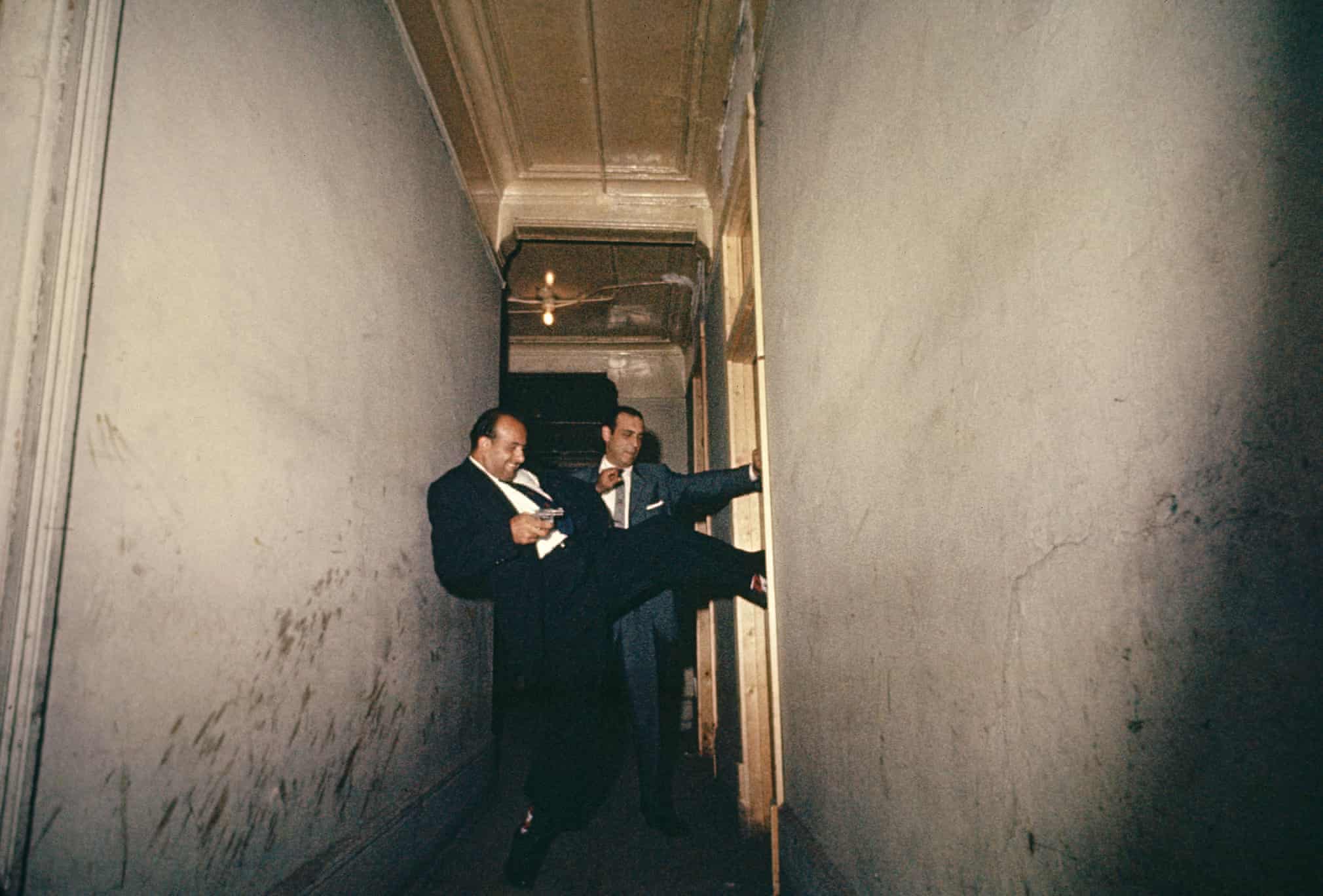
Raiding Detectives, Chicago, Illinois, 1957
Parks rejected media cliches associated with delinquency, drug use, and corruption, opting for a more nuanced view that reflected the social and emotional factors tied to criminal behavior All photographs: Gordon Parks/The Gordon Parks Foundation

New York, NY, 1957
”My assignment: explore crime across America. A journey through hell . . . The year was 1957. I rode with detectives through shadowy districts, climbed fire escapes, broke through windows and doors with them. Brutality was rampant. Violent death showed up from dawn to dawn” Gordon Parks
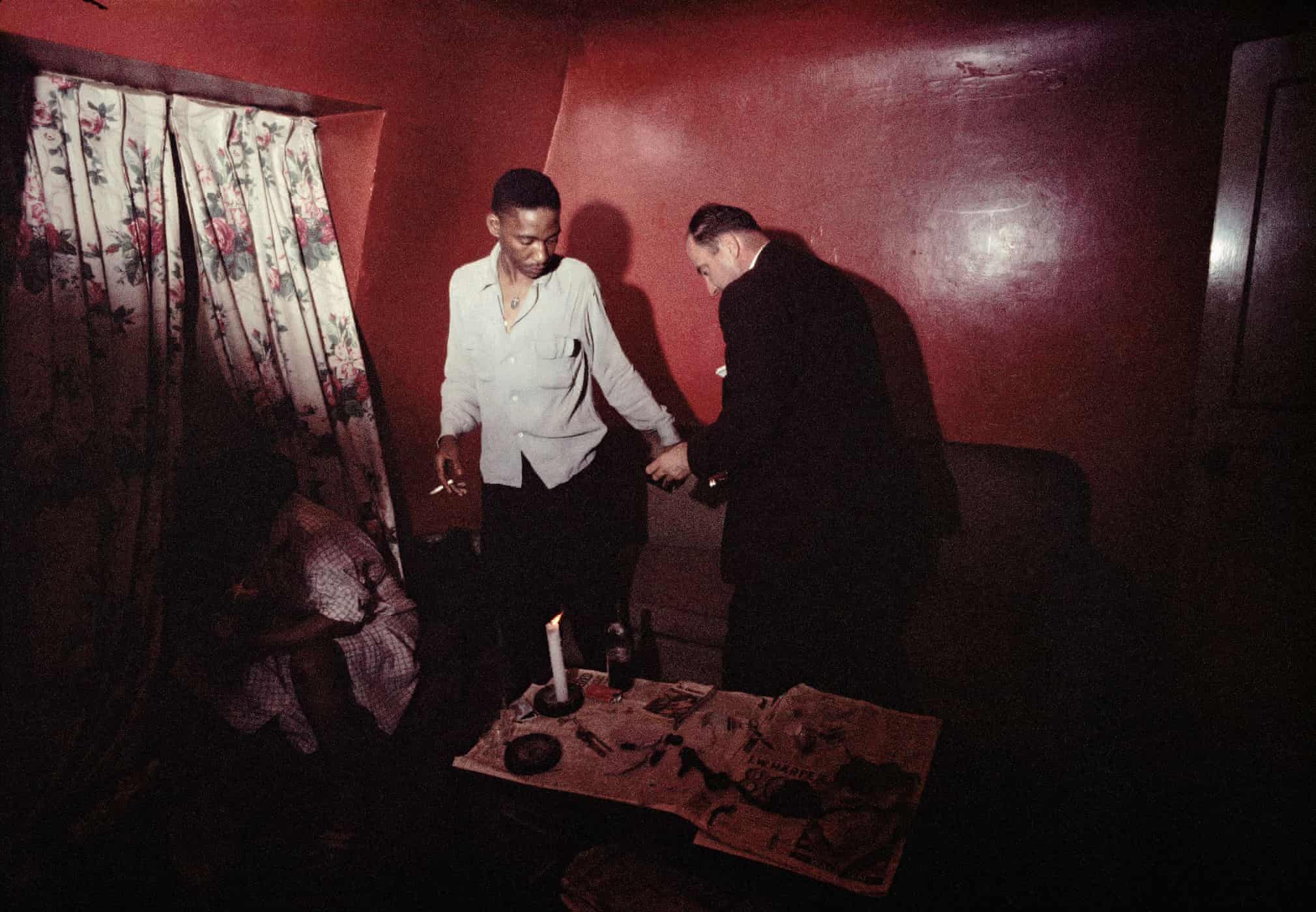
Untitled, Chicago, Illinois, 1957
The photographs provided a richly-hued, cinematic portrayal of a largely hidden world of violence, police work, and incarceration, depicted with empathy and candor.
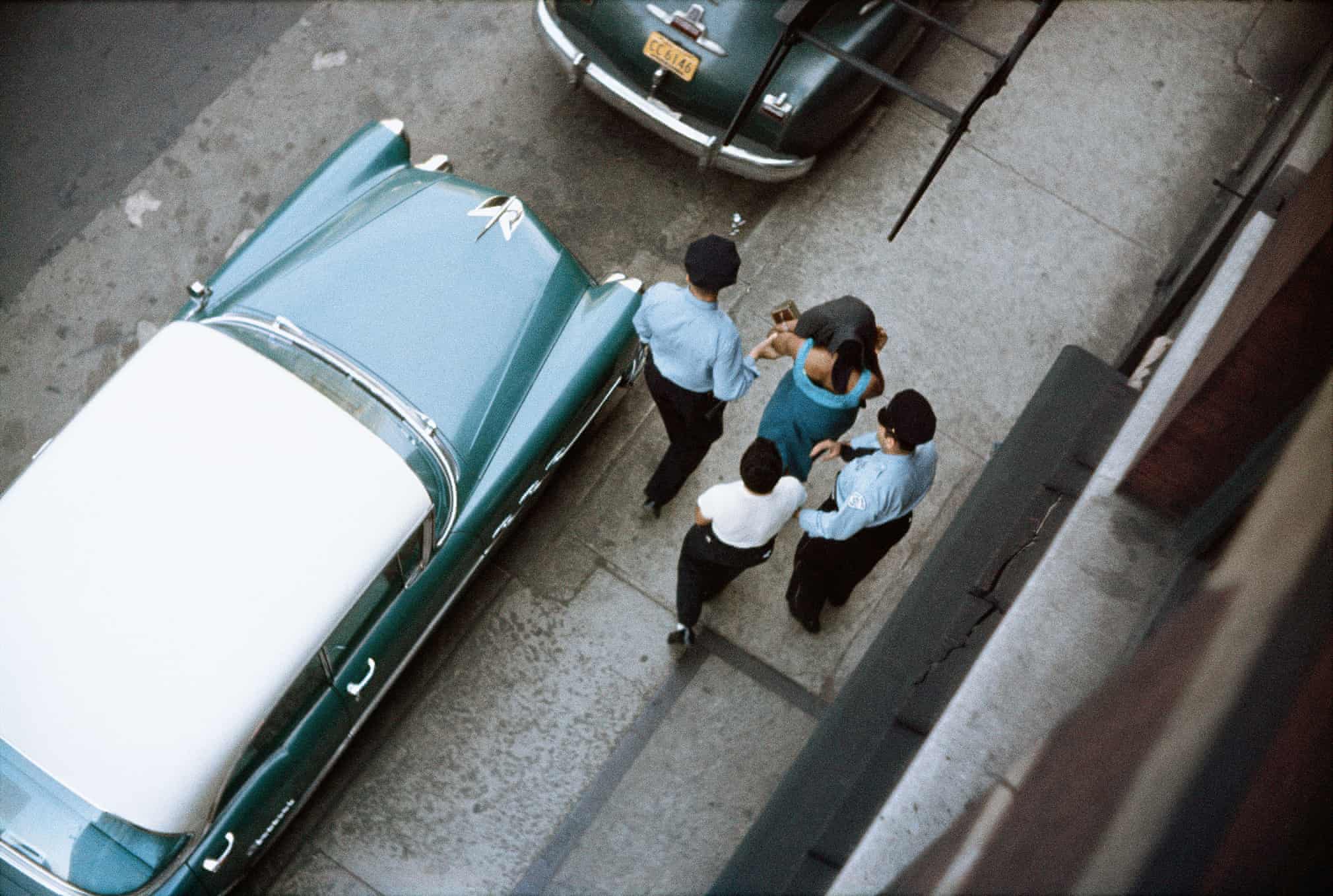
Chicago, IL, 1957
The resulting eight-page photo-essay “The Atmosphere of Crime” was noteworthy for its bold aesthetic and sophistication, and how it challenged pervasive stereotypes about criminality in mainstream media.
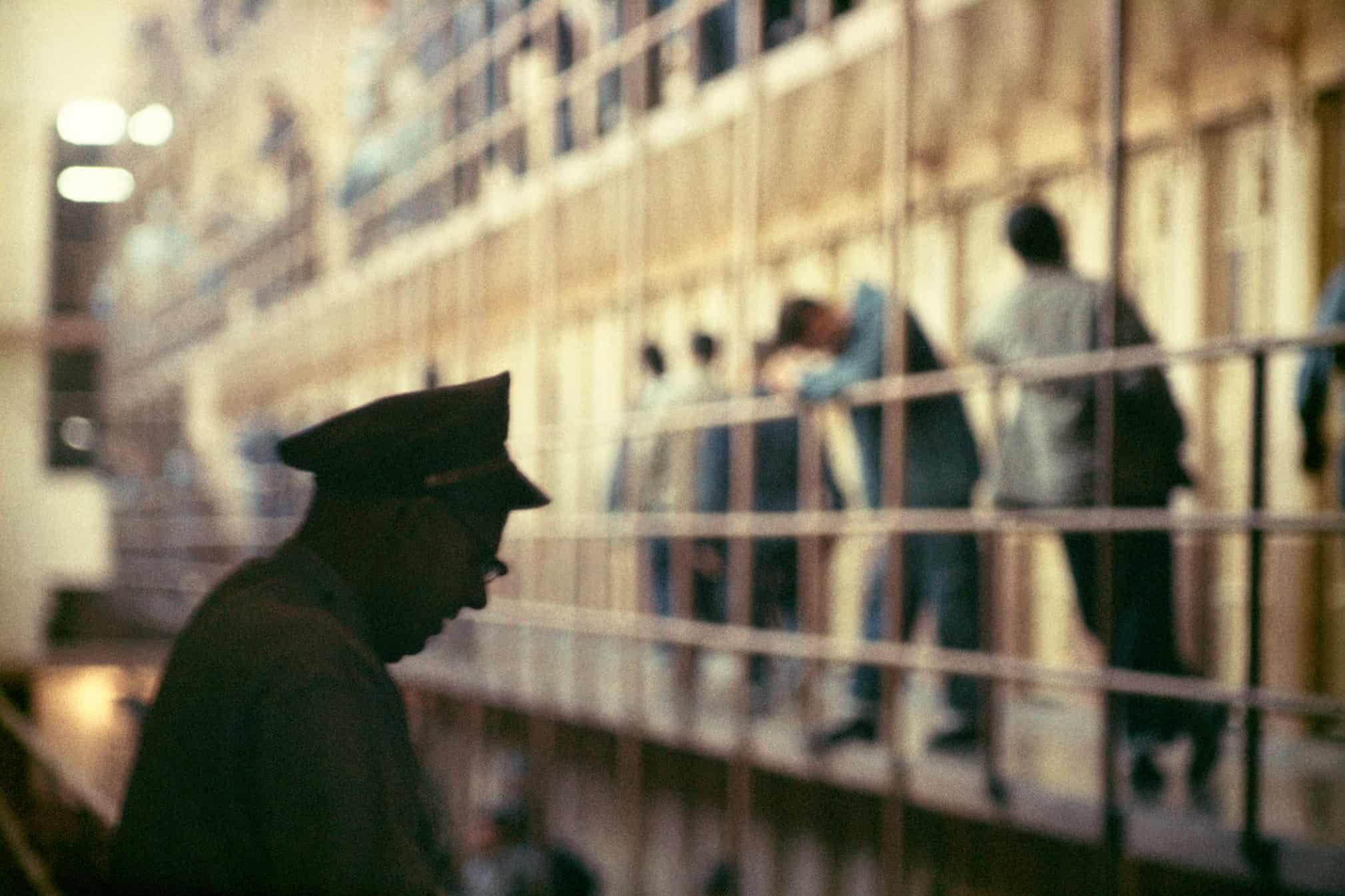
San Quentin, California, 1957
The subject of urban crime riveted Parks, and he would return to it throughout his career.
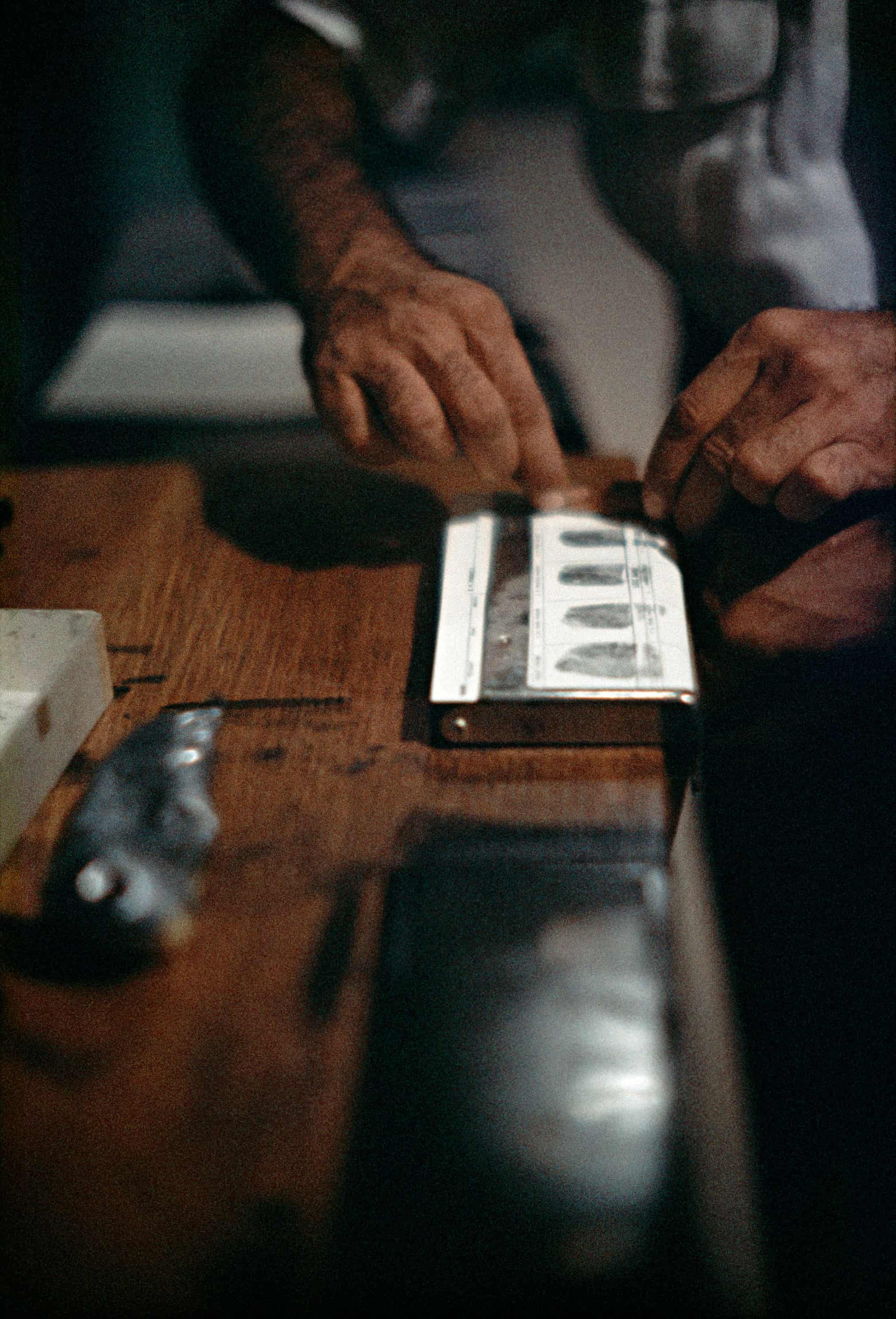
Fingerprinting Addicts for Forging Prescriptions, Chicago, Illinois, 1957
Parks had already been a staff photographer for Life Magazine for nearly a decade, the first African American to hold this position.
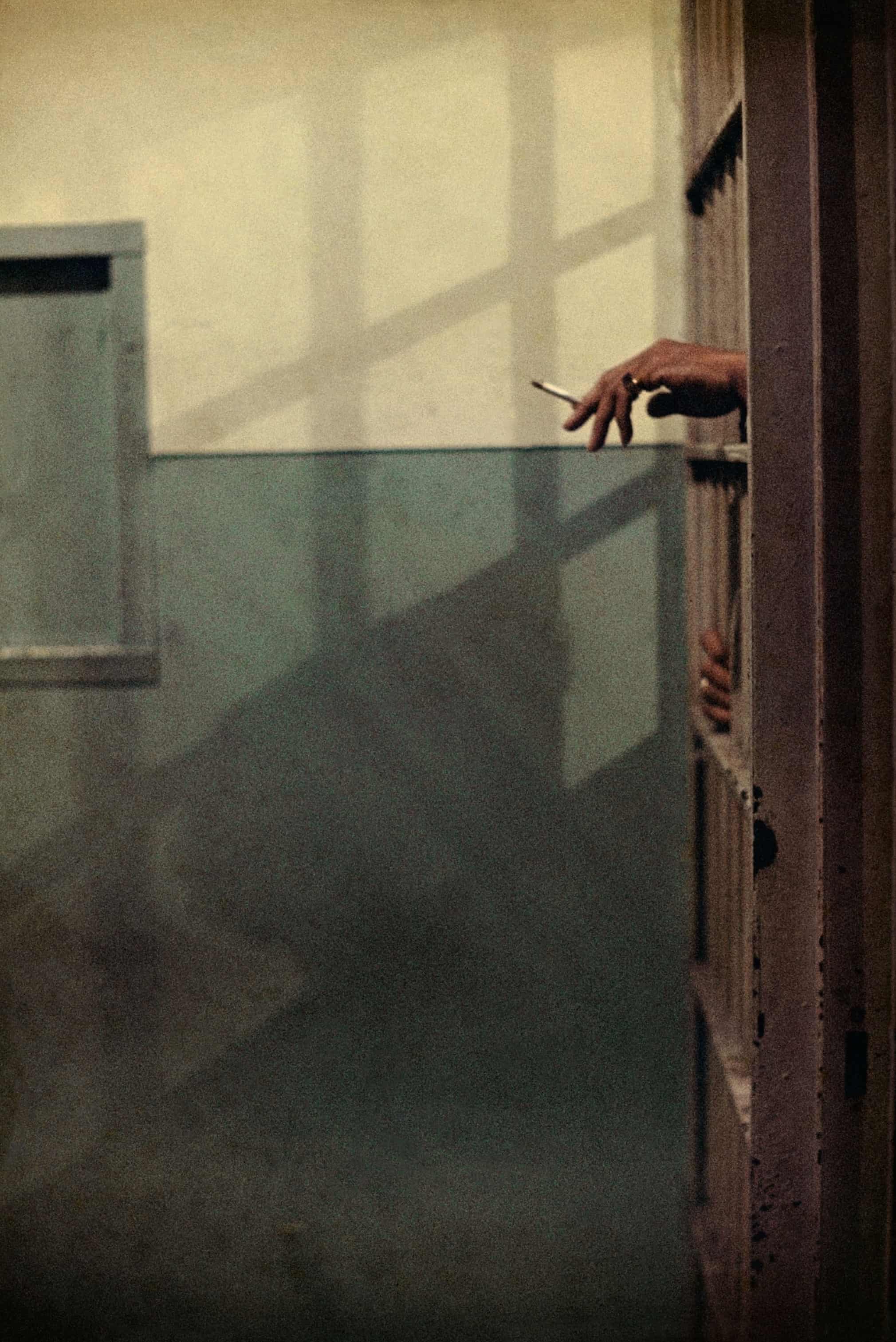
Untitled, Chicago, Illinois, 1957
Unlike much of his prior work as staff photographer at the magazine, the images were taken in colour using only available light.
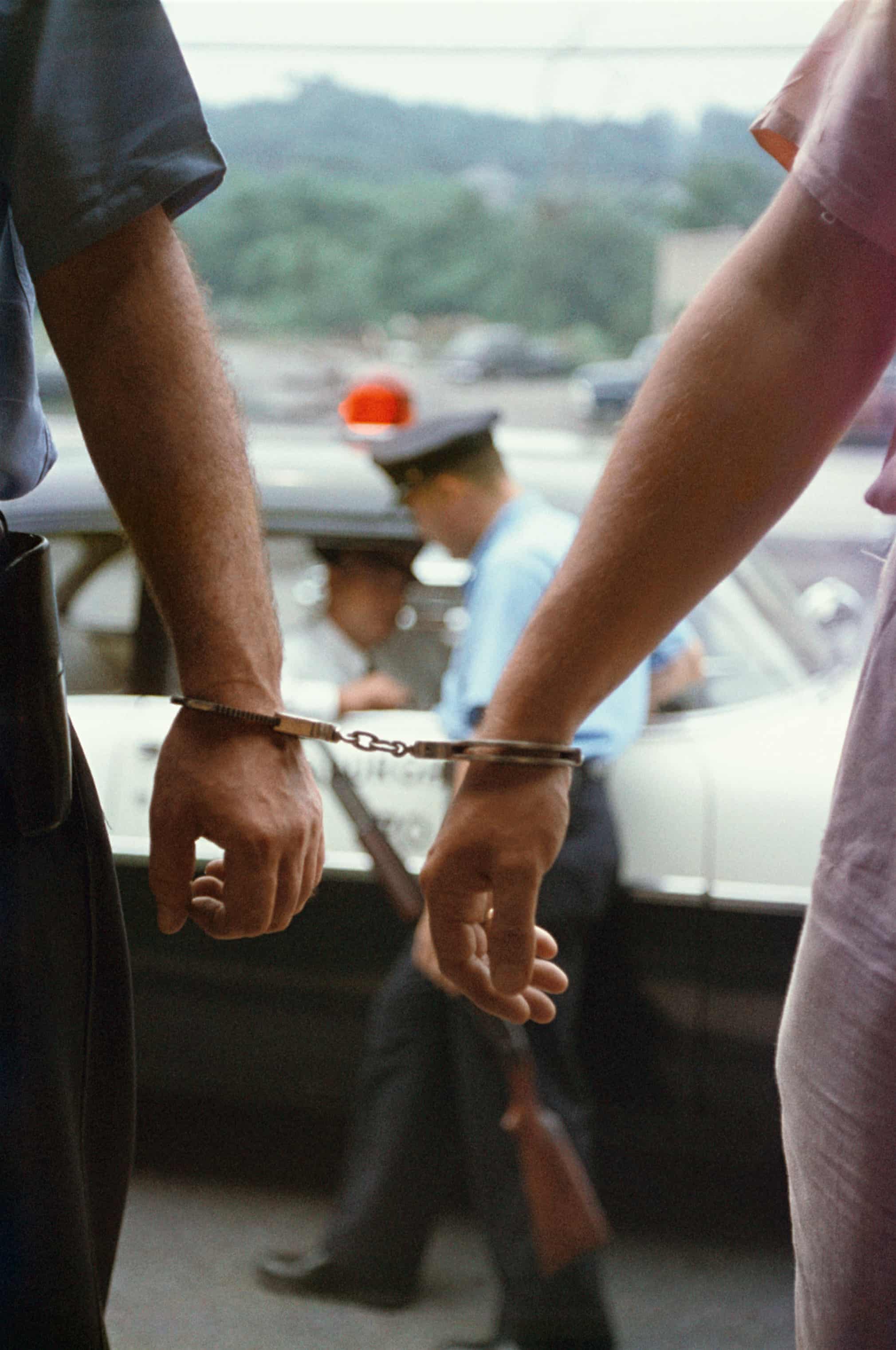
Untitled, 1957
“Everyone must face the problems of humanity,” Parks said in 1961. “My way of facing these issues is through photography. It is important because it can show, without needing words, everything that is wrong and [that] can be improved.”

Untitled, 1957
Parks never wavered in his belief that photographsheld the power to inform, persuade, and motivate. Buthe also understood that they had to be seen in order tochange minds and prompt action.
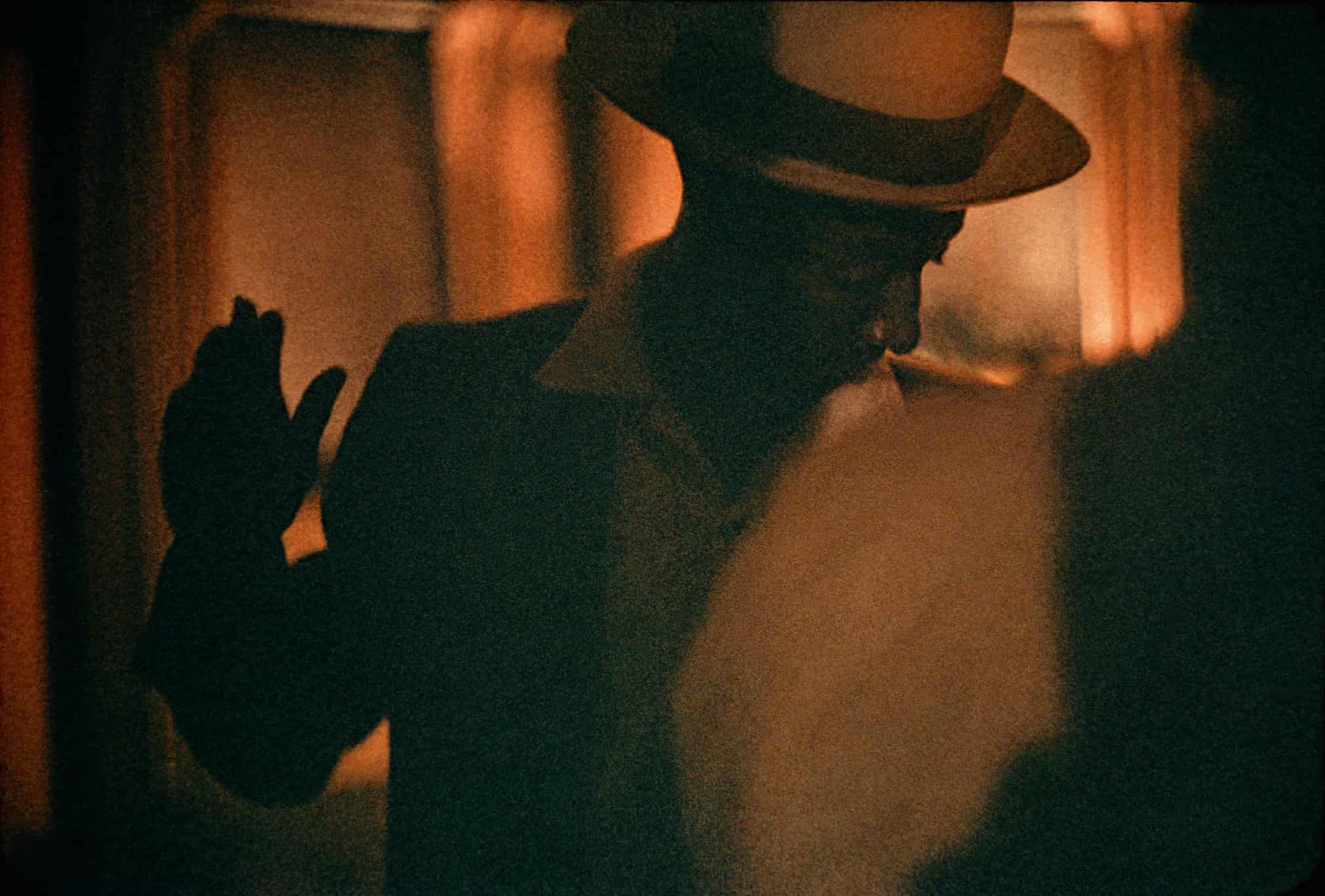
Drug Search, Chicago, Illinois, 1957
Parks rejected clichés of delinquency, drug use, and corruption, instead opting for a more nuanced view of the social and economic factors tied to criminal behaviour.
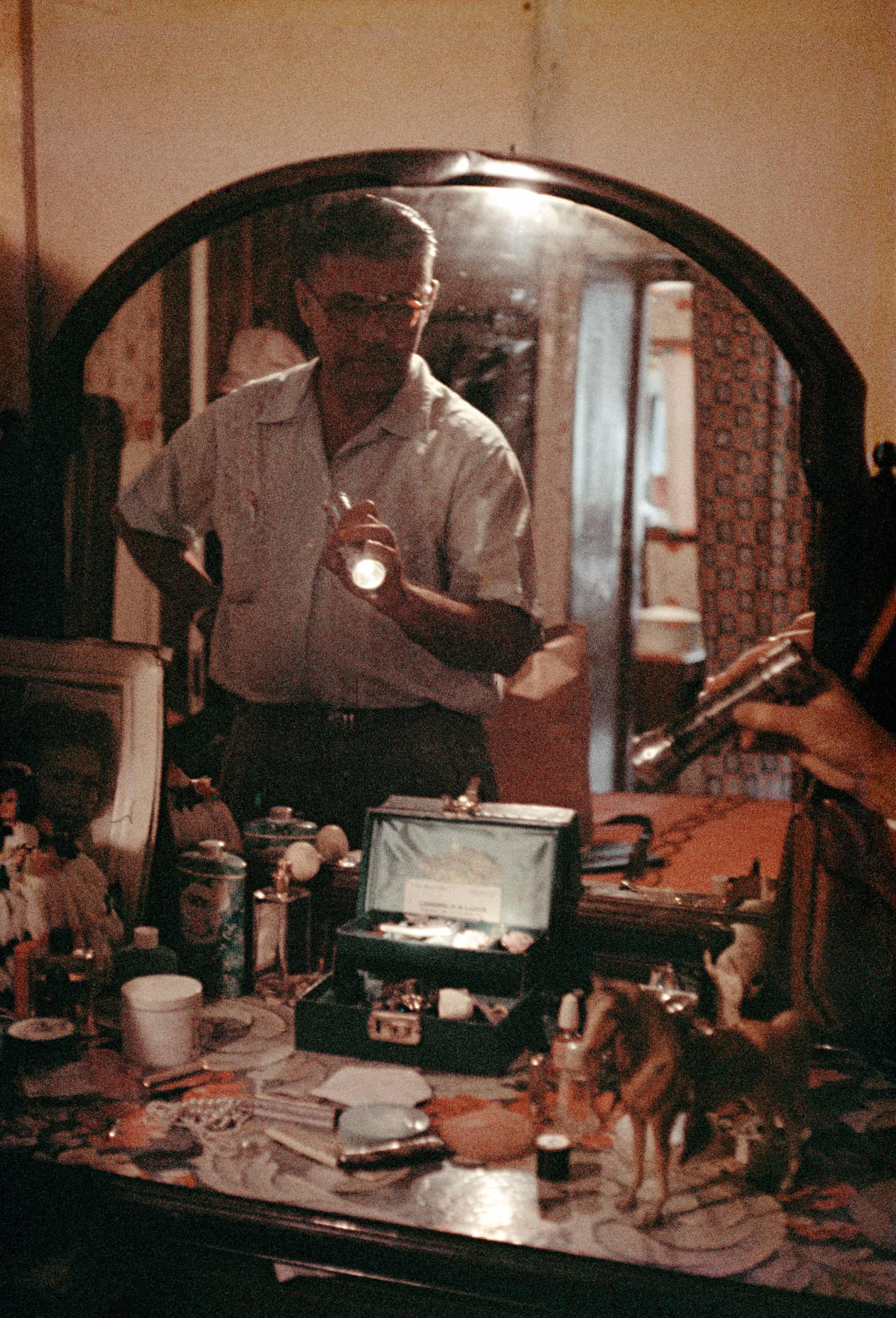
Untitled, Chicago, Illinois, 1957
The subject of urban crime riveted Parks, and hewould return to it throughout his career.
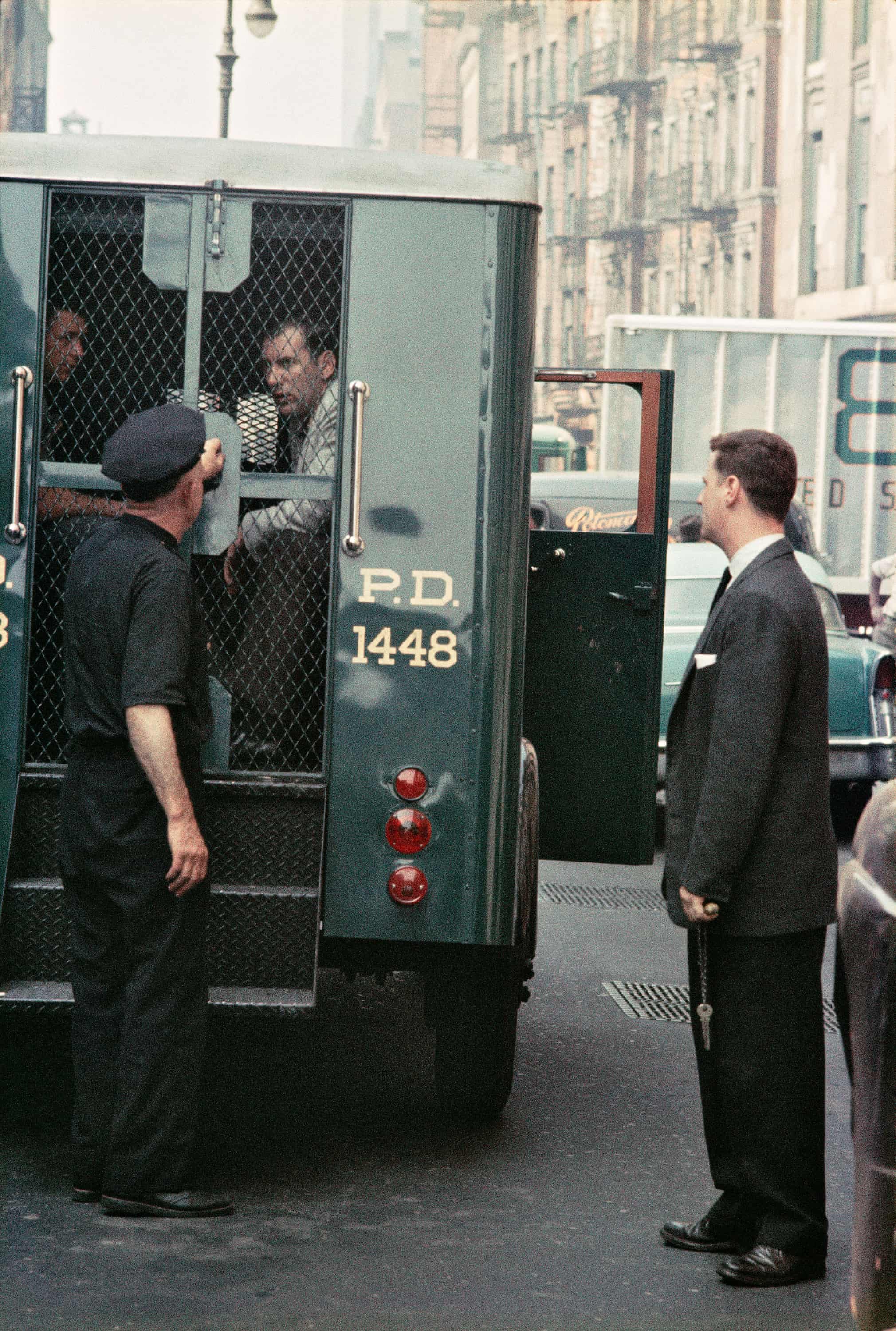
Untitled, New York, New York, 1957
The project transcends the romanticized gangster film, the suspense of the crime caper, and the racially biased depictions of criminality then prevalent in American popular culture to provide a rare window into the working lives of those charged with preventing and prosecuting criminals.

Crime Suspect with Gun, Chicago, Illinois, 1957
Employing the camera as his “weapon of choice,” as he called it, he set out to represent the reality of the African American experience and, through the power of his imagery, to change it.